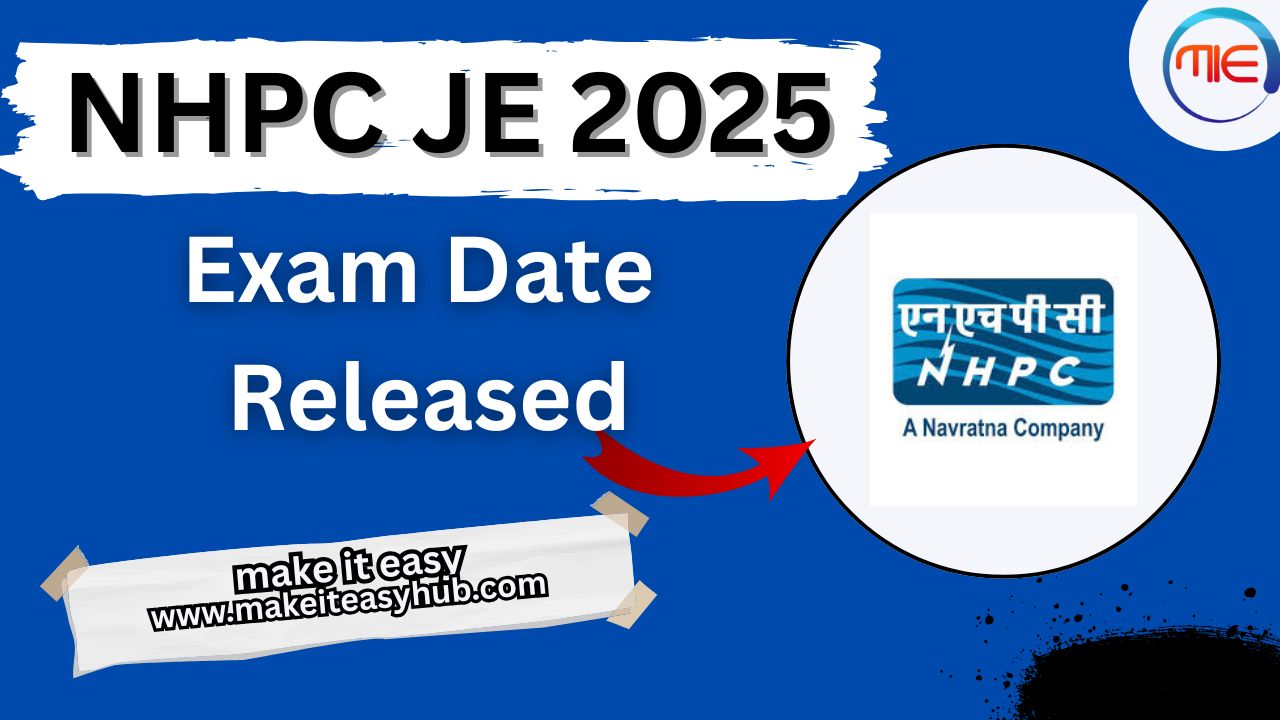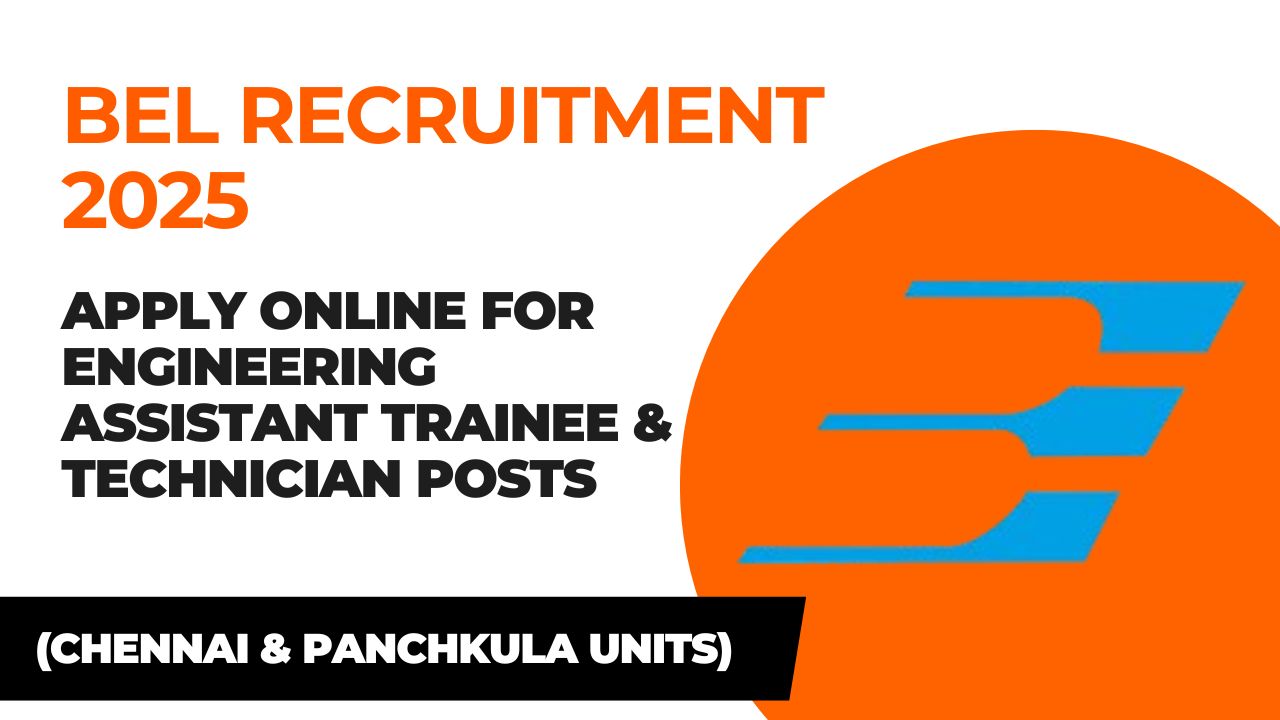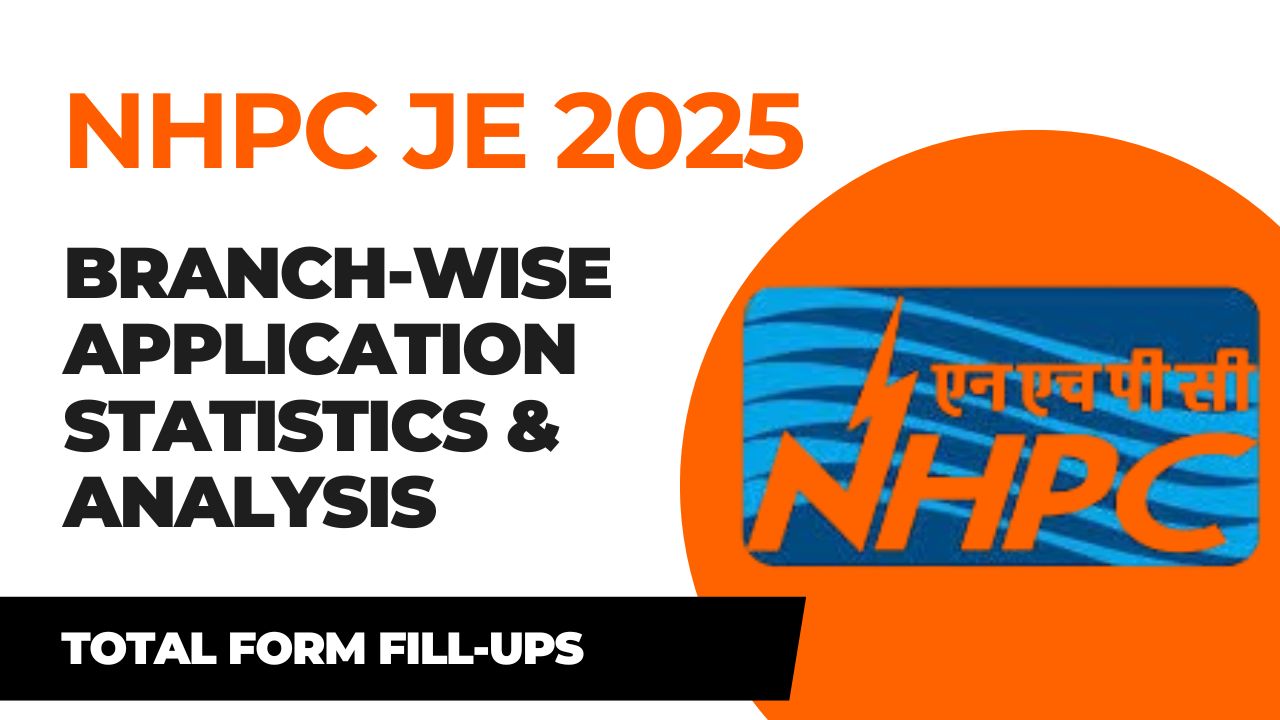Cracking a competitive exam like the NHPC Junior Engineer (JE) is a dream for many aspiring engineers. With thousands of candidates vying for a limited number of seats, your preparation needs to be sharp, strategic, and well-targeted. While textbooks and coaching materials are essential, there's one resource that can truly give you an edge: NHPC JE Previous Year Question Papers.
These papers are more than just a collection of questions; they are a goldmine of insights into the exam's DNA. Solving them is a proven strategy that toppers and experts swear by. In this comprehensive guide, we'll not only provide you with direct links to download free NHPC JE question papers but also explain the immense benefits of incorporating them into your study plan.
NHPC JE 2025 Tech+Non-Tech Recorded Batch
Before you dive into the question papers, it's vital to understand the official exam pattern. The NHPC JE Computer-Based Test (CBT) consists of 200 multiple-choice questions (MCQs).
Negative Marking: Please note that there is a negative marking of 0.25 marks for every incorrect answer. This makes accuracy even more critical.
Here are the direct links to download the official NHPC JE Previous Year Question Papers forMechanical engineering. These Questions are a must-have for your preparation.
Simply downloading the PDFs isn't enough. You need a structured approach to make the most of them.
Start with the Latest Papers: Begin with the most recent papers to get a feel for the current exam trend and difficulty level.
Simulate the Real Exam: Sit down in a quiet room with a timer and attempt the paper as if it were the actual exam. Stick to the 3-hour time limit. This helps you manage time pressure and build stamina.
Analyze Your Performance: After completing the paper, evaluate your answers. Identify the number of correct and incorrect attempts, as well as the questions you left unattempted. This analysis will give you a clear picture of your strengths and weaknesses.
Review and Revise: Go through the detailed solutions for every question, including the ones you got right. This will reinforce your understanding of the concepts and help you learn from your mistakes. Create a separate list of topics where you consistently make errors and focus on revising them.
Repeat the Process: Continue this cycle with older papers. The more you practice, the more confident and prepared you will be for the final exam.
Solving previous year's papers is not just about practice; it's about smart preparation. Here's a look at the key benefits:
Understanding the Exam Pattern: Each question paper reveals the exact structure of the exam, including the number of questions, sections, and the weightage of each subject (e.g., Technical, General Awareness, and Reasoning). This helps you strategize your time and focus on high-priority areas.
Identifying High-Weightage Topics: By analyzing papers from different years, you can easily spot recurring themes and frequently asked questions. This allows you to prioritize your study efforts and dedicate more time to topics that are more likely to appear in the exam.
Improving Time Management: The NHPC JE exam is a timed test. By practicing papers under exam-like conditions, you train yourself to answer questions efficiently and complete the paper within the given time limit. This is crucial for success and helps reduce exam-day anxiety.
Boosting Speed and Accuracy: Consistent practice with these papers helps you build speed without sacrificing accuracy. You become familiar with the types of questions, allowing you to quickly identify the correct approach and avoid common mistakes.
Self-Assessment and Performance Analysis: Solving previous papers acts as a mock test. It helps you assess your current preparation level, identify your weak areas, and understand where you stand. You can then tailor your revision plan to strengthen those topics.
Q1. Are the questions from previous years repeated in the NHPC JE exam?
While direct repetition of questions is rare, the underlying concepts and question patterns often get repeated. Solving these papers helps you master the concepts and the style of questions asked.
Q2. Where can I find the official NHPC JE syllabus?
The official NHPC JE syllabus is released with the recruitment notification on the official NHPC website. Reputable education portals also provide a detailed breakdown of the syllabus for each discipline.
Q3. How many previous year papers should I solve?
It is recommended that you solve at least the last 5 years' papers to get a comprehensive understanding of the exam trends and question patterns.
Your journey to becoming an NHPC Junior Engineer is a marathon, not a sprint. By making NHPC JE previous year question papers a central part of your preparation strategy, you are not just studying; you are training yourself to succeed. They are the most authentic tool for self-assessment, time management, and understanding the nuances of the exam.
Don't wait! Download the PDFs today, start your practice sessions, and take a significant step towards securing your dream career at National Hydroelectric Power Corporation. All the best for your preparations!

Makeiteasy


.png 4.png)







Leave a Comment